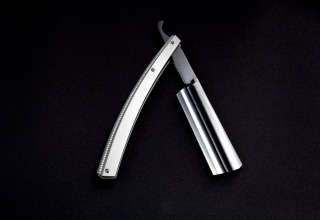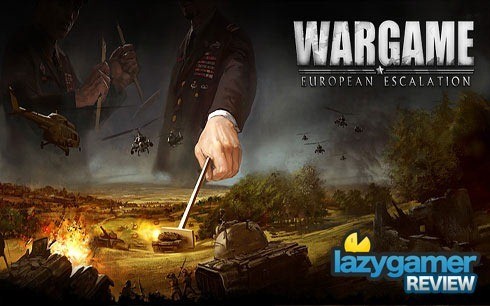
By Jonathan Bester
Strategy fans must be jumping up and down for another entry into the RTS genre. Developed by Eugen Systems and Published by Focus Home Interactive, it bills itself as title built around depth and reflection. It is certainly a fresh take on the RTS genre as it investigates largely unexplored periods in human history; later sections of the Cold War, circa 1975-1985.
The conflict? NATO (USA and Western Europe) versus the Warsaw Pact (Soviet and Eastern Europe). While this is a welcome change from the overused World War 2 setting (Allies vs. Axis) conflict, I feel that it could have been done better. Don’t get me wrong; they have made the story arc quite immersive with the intro videos for each mission, but the missions themselves lack any sort of depth. As the story rolls out it becomes abundantly clear that this is a “what if” sort of game in that it deviates slightly from true history and delves more into alternate scenarios, or what would have happened if this had happened differently…
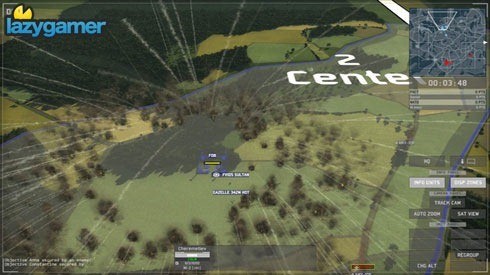
It’s essentially the classic point and click/right click gameplay you have come to expect from your standard RTS game. Therein lays the dilemma for me. This is the sort of gameplay you would expect from a 1990s era RTS game a la Age of Empires or Red Alert, not a 2012 game. A redeeming factor for the gameplay is a entirely new, more realistic unit based combat system, whereby a tank would fire at its enemy units from Kilometres away, instead of at “standard combat range” as we are used to in the more commercial RTS titles. Couple this with realistic factors which impede your units as they travel, such as tanks being detracked and your trucks getting stuck in the mud, combat units being severely damaged in combat. What then happens is the unit in question will then enter into a cool down mode in which it will either attempt to recover itself or repair itself which can take anywhere from a few seconds to a few minutes depending on how severe the problem is.
Before each battle you are given the option to select your units from an array of options, and if you happened to rack up an amount of Command Stars (kind of like in-game currency) you can use these to unlock further units. Using this system you can build up a force consisting of 25 unit types which can be brought in from any of the countries in your alliance.
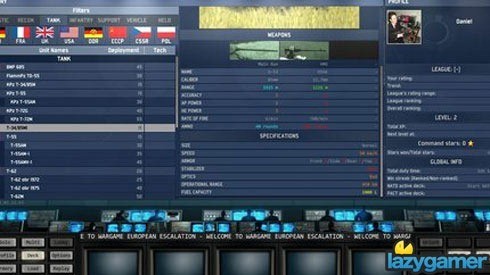
A new system introduced to Wargame is the IRISZOOM system, which enables you to zoom completely out of the battlefield and see a tactical-type map which lists all of your objects while you can also zoom in all the way to street level to see your battles up close and personal (a feature I have longed for in RTS titles since like forever). While you are zoomed into the standard top-down view you will notice that the units, when selected all have easy to understand statistics, which can be toggled on and off by hitting the Unit Info button on the right.
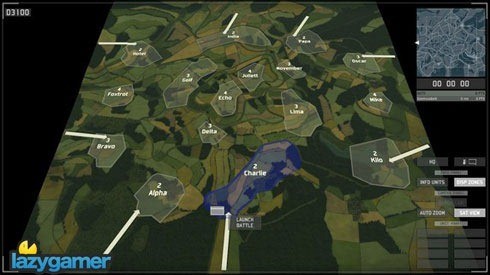
I reviewed this game on quite a modern pc by today’s standards and running it at full graphics did nothing to give it any justice. Graphically the game looks very blocky and unpolished and again as I mentioned before whereas the gameplay is concerned, it looks like a 1990s era RTS as well.
One thing that Wargame does right for me is the Sound. It has succeeded where most RTS titles have failed for me. The sound effects are realistic and generally unobtrusive and the lack of any soundtrack during combat is an absolute joy to me. You can actually concentrate on the battle at hand without any distracting songs playing in the background.
Its Multiplayer mode essentially takes everything that is great about the single player mode and enhances on it. Taking a page out of Blizzard’s book, Eugen Systems has its own multiplayer network in place called EugeNet which enables players to play against other Wargame strategists. You can earn Command Stars here as well, which gives you an added avenue to build up your forces. You can choose to either play versus other established human players or versus the AI in Skirmish mode. As in the single player campaign, strategy and skill is key and it just takes one mistake to tip the balance. The community is quite populated and you shouldn’t have difficulty finding a challenge.
Scoring
Design and Presentation: 5.0/10
I just get the feeling that the game developers wanted to focus more on the gameplay aspect of this title as there is virtually nothing graphics-wise that sets this title apart from the competition. The only redemption was the soundboard and realism.
Gameplay: 7.0/10
Straight forward point and click RTS with the slight difference of realistic combat. For a 2012 title it is seriously lacking in any gameplay dynamics to set it apart from the rest however.
Value: 8.0/10
The single player campaign is probably only good for a once-off play through as it tends to become stale and boring after only a few missions. The multiplayer more than makes up for it and using the currency system to build up a force to be reckoned with is where most of the value lies in this title.
Overall: 7.0/10
I approached this title with an open mind, as I have played numerous RTS titles over the years. It certainly was an enjoyable experience to start out with as I consider myself quite a history-buff. However nothing prepared me for how quickly my interest started to wean. The game feels repetitive and the story doesn’t quite make up for it in any sort of engaging way. Just about the only thing that saved it all for me was the Multiplayer portion of the game and I think it will keep me interested for a good while to come.
[Reviewed on PC]Last Updated: April 24, 2012
| Wargame European Escalation | |
|
|
|
|---|---|






